Towards Intelligent Connectivity for Underwater Wireless Communication
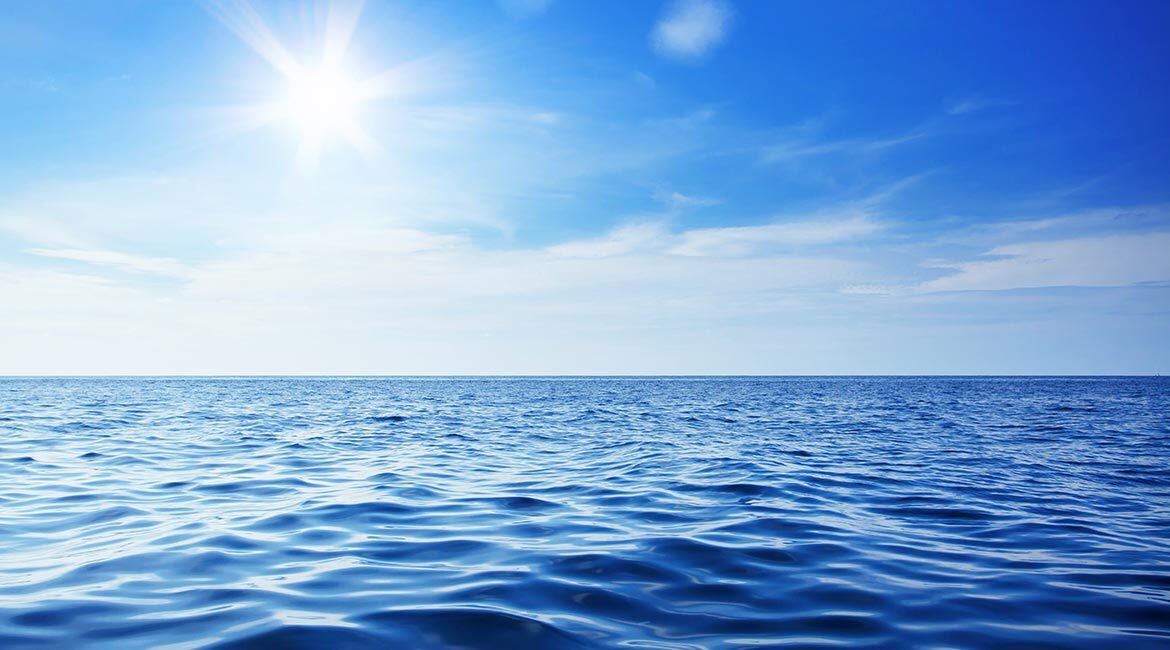
Purchased on Istockphoto.com. Copyright.
The Internet of Underwater Things
Water plays a crucial role on this planet. About 70 percent of the earth’s surface is occupied by oceans, lakes, rivers, ice caps, and glaciers. The significance of water is even more prevalent in Canada since the country holds 20 percent of the total freshwater resources. This highlights the importance of interconnecting underwater objects in maritime and underwater environments, known as the Internet of Underwater Things (IoUT). It is an essential factor in many industries in Canada, like fishing and mining, and widely used in military applications as well, such as surveillance, inspection, and oceanography.
Issues Related to Underwater Communication
Optical wireless communications have proven to be a promising means of underwater communications, considering its high data rates and fast transmission. These systems need to interact with the marine environment to collect information or control it. Unlike the atmospheric environment, the marine field introduces more severe signal degradation due to water absorption and scattering, which shortens the communication range. Also, the light directivity requires an adequate alignment of nodes. As shown in Figure 1, a small shift in the receiver’s location may fail the transmission. The problem of alignment has been treated in [1] using a static approach, by maintaining a large light beamwidth to guarantee the receiver’s coverage with light. However, keeping a large beamwidth limits the light range and introduces constraints on the link quality. Hence, it is better to maintain a relatively narrow beam while trying to adjust it dynamically to the current situation. For this, Reinforcement Learning (RL) seems to be a promising candidate in solving such issues since it learns by trial and error without prior knowledge of the environment [2].
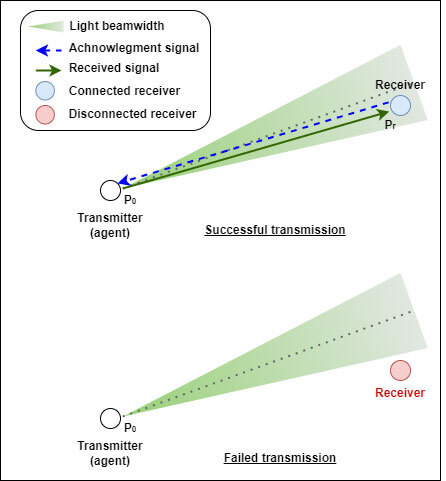
Figure 1: System model for a P2P UOWC system. [3]
Proposed Dynamic Method
The main objective of this research project is to construct an autonomous self-organized network (SON) for Underwater Optical Wireless Communications (UOWC) that is robust against the harsh underwater environment. As a first step to achieve SON capability, we need to secure good connectivity within the different links in the network to guarantee successful transmission of the packets. To do so, we perform a dynamic beam adaptation for a point-to-point (P2P) UOWC system that dynamically copes with the current situation without prior knowledge of the receiver’s exact location [3]. Beam adaptation is achieved by tuning the beamwidth, beam orientation or both, simultaneously. For this, we implemented three RL-based beam adaptation methods, namely the beamwidth adaptation (BA), beam orientation adaptation (OA), and beamwidth and beam orientation adaptation (BOA).
The Q-learning and SARSA algorithms are implemented for all three methods. The proposed solution proves to improve link quality while maintaining high reliability of the P2P UOWC system. The performance of the proposed system is evaluated in comparison to the existing static method presented in [1]. The assessment is done considering the resulting signal-to-noise ratio (SNR) for each method as a function of water perturbations in four underwater environments: pure sea water, clean ocean, coastal ocean, and turbid water. The results shown in Figure 2 prove that the proposed dynamic methods gave better results than the static technique for the four considered underwater environments.
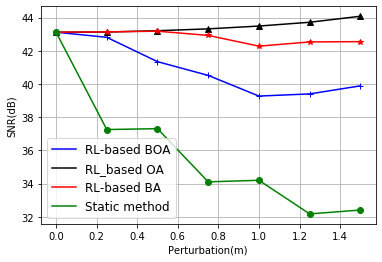
Figure 2a : Pure sea water
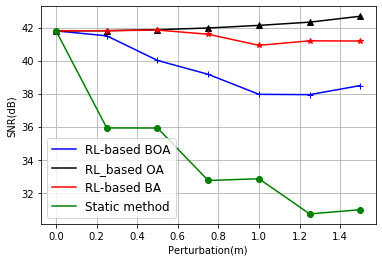
Figure 2b : Clean ocean
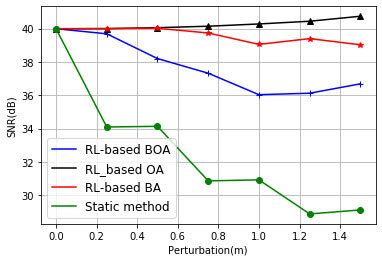
Figure 2c : Coastal ocean
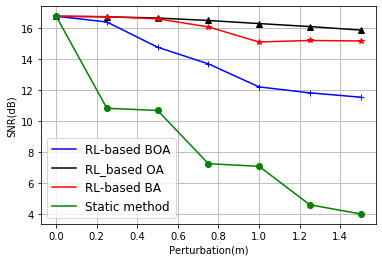
Figure 2d : Turbid harbor
Figure 2: Comparison of the Signal quality between the proposed models and the static model for different water types. [3]
Our proposed technique for UOWC systems has a remarkable impact on underwater communications-based industries. It ensures a dynamic adaptation to the continuous changes in the marine environment, such as pollution rate and water level. This would emphasize the green industry that numerous companies in Canada are promoting. Also, it guarantees the transmission of information for long distances with small delays using light. This can help avoid the broad propagation of toxic substances in water and ensure consistent control over the different underwater equipment. Consequently, it would prolong the life of such devices and save millions of dollars, considering the high costs of marine equipment.



